
Examine the structural formulas of following compounds and find out how many compounds can show Claisen condensation reaction.
A.
B.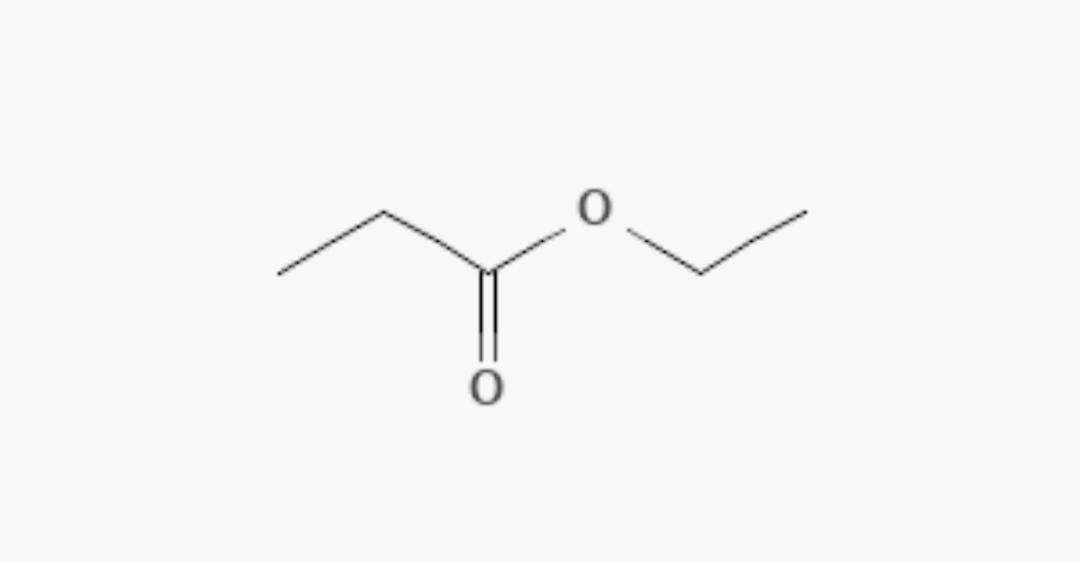
C.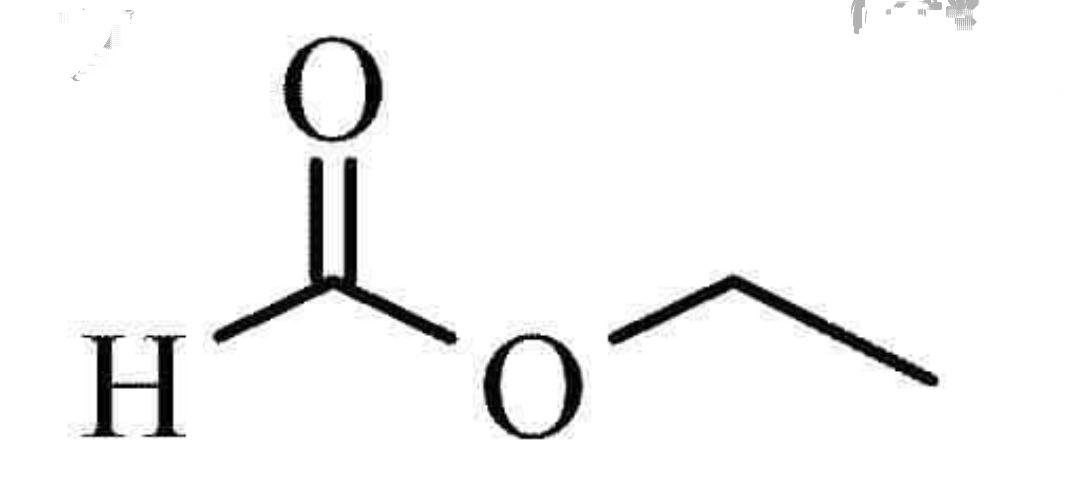
D.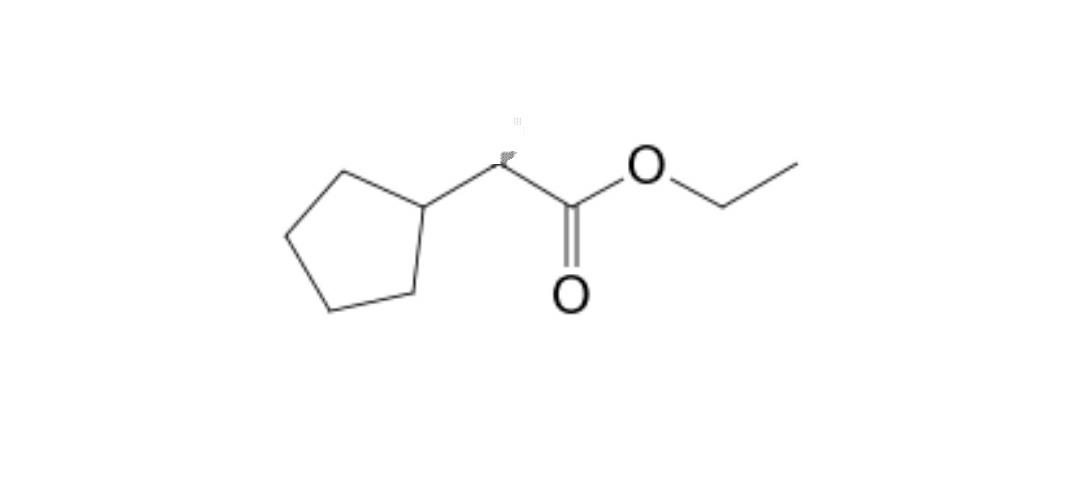
E.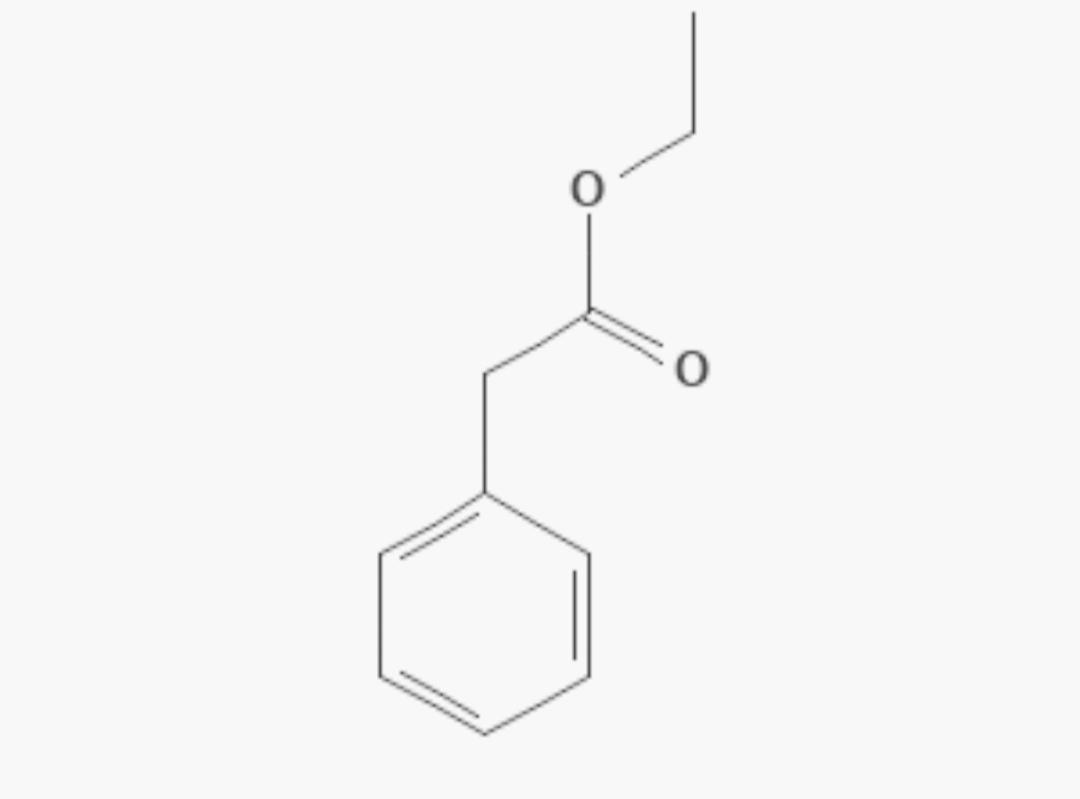
F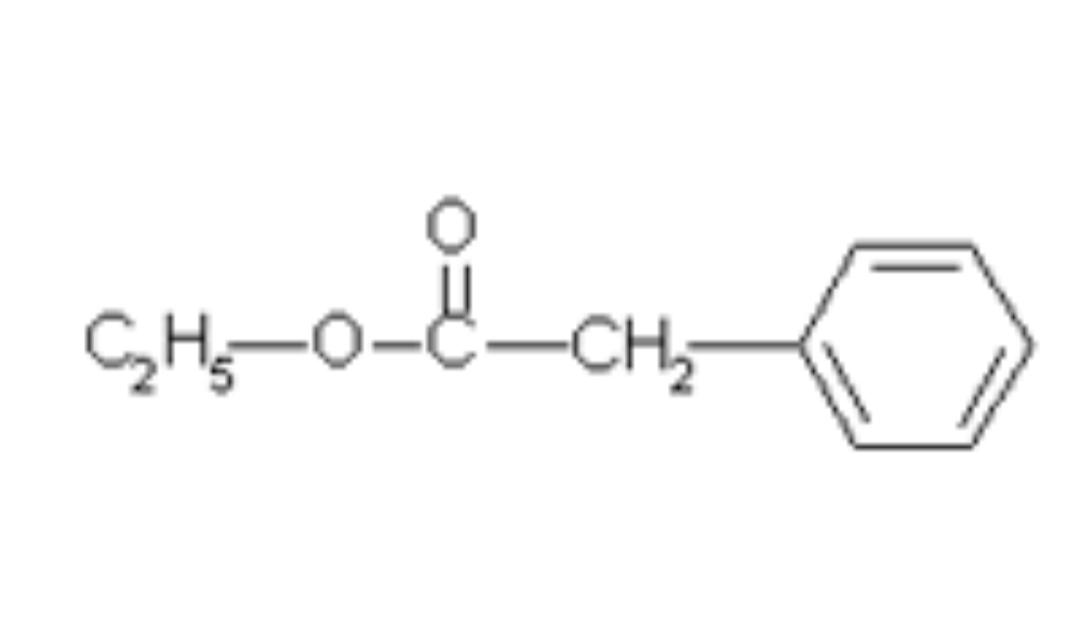
Answer
219k+ views
Hint: Only those compounds undergo the Claisen condensation reaction which has α-hydrogen in its structure . Check for each compound in the given options those compounds which have an alpha hydrogen will undergo this reaction and then count how many are there.
Complete step by step solution:In the presence of a strong base, the Claisen condensation reaction forms carbon-carbon bonds between two esters or between one ester and another carbonyl molecule, producing \beta -keto ester or \beta -diketone. Now the compounds which can undergo this reaction must have at least one α-hydrogen , these are those hydrogen atoms which are connected to an α-carbon . α-carbons are those carbon atoms which are directly adjacent to the functional group attached in the compound. In this condensation reaction, in the first step the α-hydrogen is removed by a strong base , resulting in the formation of an enolate anion. The enolate anion then nucleophilically attacks the carbonyl carbon of the other ester. After that, the alkoxy group is removed, and the newly created double alpha-hydrogen is removed by the alkoxide to create a new compound. , highly resonance stabilized enolate anion.
Thus , here among the given compounds in the question , the compounds which have the α-hydrogen are B,D,F.
And so the correct answer will be B,D,F -3 compounds.
Note: The fast condensation reaction will be in the presence of α-hydrogen to the carbonyl group. The hydrogen atom next to the α-hydrogen should not be mistaken as α-hydrogen in answering the question.
Complete step by step solution:In the presence of a strong base, the Claisen condensation reaction forms carbon-carbon bonds between two esters or between one ester and another carbonyl molecule, producing \beta -keto ester or \beta -diketone. Now the compounds which can undergo this reaction must have at least one α-hydrogen , these are those hydrogen atoms which are connected to an α-carbon . α-carbons are those carbon atoms which are directly adjacent to the functional group attached in the compound. In this condensation reaction, in the first step the α-hydrogen is removed by a strong base , resulting in the formation of an enolate anion. The enolate anion then nucleophilically attacks the carbonyl carbon of the other ester. After that, the alkoxy group is removed, and the newly created double alpha-hydrogen is removed by the alkoxide to create a new compound. , highly resonance stabilized enolate anion.
Thus , here among the given compounds in the question , the compounds which have the α-hydrogen are B,D,F.
And so the correct answer will be B,D,F -3 compounds.
Note: The fast condensation reaction will be in the presence of α-hydrogen to the carbonyl group. The hydrogen atom next to the α-hydrogen should not be mistaken as α-hydrogen in answering the question.
Recently Updated Pages
Is PPh3 a strong ligand class 12 chemistry JEE_Main

Full name of DDT is A 111trichloro22bispchlorophenyl class 12 chemistry JEE_Main

Sodium acetate on heating with soda lime produce A class 12 chemistry JEE_Main

Find the isoelectric point pI of Lysine A 556 B 974 class 12 chemistry JEE_Main

The order of basicity among the following compounds class 12 chemistry JEE_Main

The number of isomers in C4H10O are a7 b8 c6 d5 class 12 chemistry JEE_Main

Trending doubts
JEE Main 2026: Application Form Open, Exam Dates, Syllabus, Eligibility & Question Papers

Derivation of Equation of Trajectory Explained for Students

Hybridisation in Chemistry – Concept, Types & Applications

Understanding the Angle of Deviation in a Prism

Understanding Collisions: Types and Examples for Students

Understanding Atomic Structure for Beginners

Other Pages
NCERT Solutions For Class 12 Chemistry Chapter 1 Solutions - 2025-26

NCERT Solutions for Class 12 Chemistry Chapter Chapter 7 Alcohol Phenol and Ether

NCERT Solutions ForClass 12 Chemistry Chapter Chapter 8 Aldehydes Ketones And Carboxylic Acids

JEE Advanced Marks vs Ranks 2025: Understanding Category-wise Qualifying Marks and Previous Year Cut-offs

Haloalkanes and Haloarenes Class 12 Chemistry Chapter 6 CBSE Notes - 2025-26

Solutions Class 12 Chemistry Chapter 1 CBSE Notes - 2025-26




